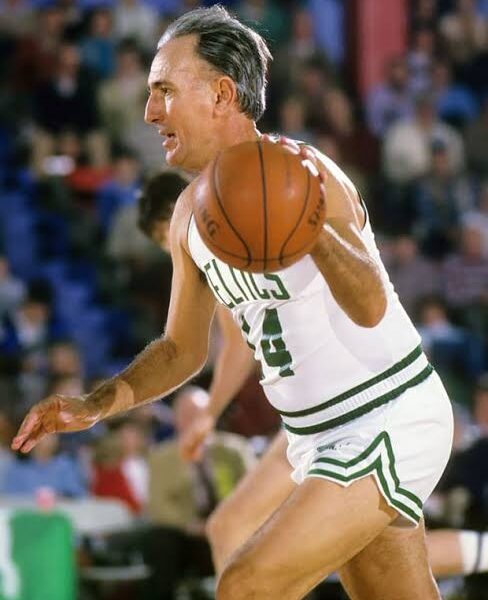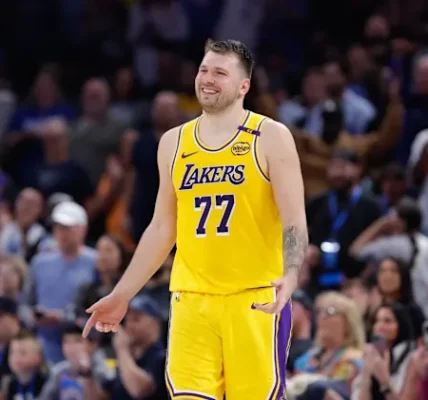Bob Cousy, the legendary point guard who dazzled fans during the golden age of the NBA, built his career on speed, vision, and revolutionary ball-handling. Known as “The Houdini of the Hardwood,” Cousy’s ability to run the floor, create plays, and outmaneuver defenders was a key element of his success. But what if his signature speed had begun to fade earlier in his career? What if he couldn’t play as fast as he once did? That hypothetical scenario suggests a very real truth in professional sports: for many elite athletes, once the physical edge is gone, retirement becomes inevitable.
Cousy, who played the majority of his career with the Boston Celtics from 1950 to 1963, was a six-time NBA champion and a 13-time All-Star. He helped define the role of the modern point guard. At a time when basketball was still finding its rhythm as a national sport, Cousy brought flair, court awareness, and unprecedented pace to the game. His fast breaks and behind-the-back passes became trademarks, thrilling fans and frustrating opponents.
Had Cousy lost his quickness, even by a small margin, it’s likely his dominance on the court would have been compromised. A slowdown in speed would have meant slower transitions, fewer assists, and less ability to break down defenses. For a player whose game depended on movement and anticipation, aging legs could have spelled the end much earlier than his 1963 retirement.
Professional athletes across all sports face this dilemma. Their bodies are their tools, and when those tools lose their sharpness, decisions must be made. Cousy’s career thrived not just because of his physical gifts, but because he recognized when the time was right to leave. He retired at the top, just as the Celtics were cementing their dynasty. It’s a decision many athletes struggle with, but Cousy handled it with the same grace he showed on the court.
Interestingly, Cousy did make a brief comeback in 1969 as a player-coach for the Cincinnati Royals, appearing in a few games at the age of 41. Though he no longer had the same speed, the move was more symbolic than strategic—a nod to his legacy and leadership. It also served to show fans just how central speed and agility had been to his prime playing years.
In the end, if Cousy couldn’t play as fast as he did, it really would have meant stepping away from the game. And in doing so, he preserved the legacy of one of the NBA’s all-time greats—a player who knew the power of timing, both on the court and off.




